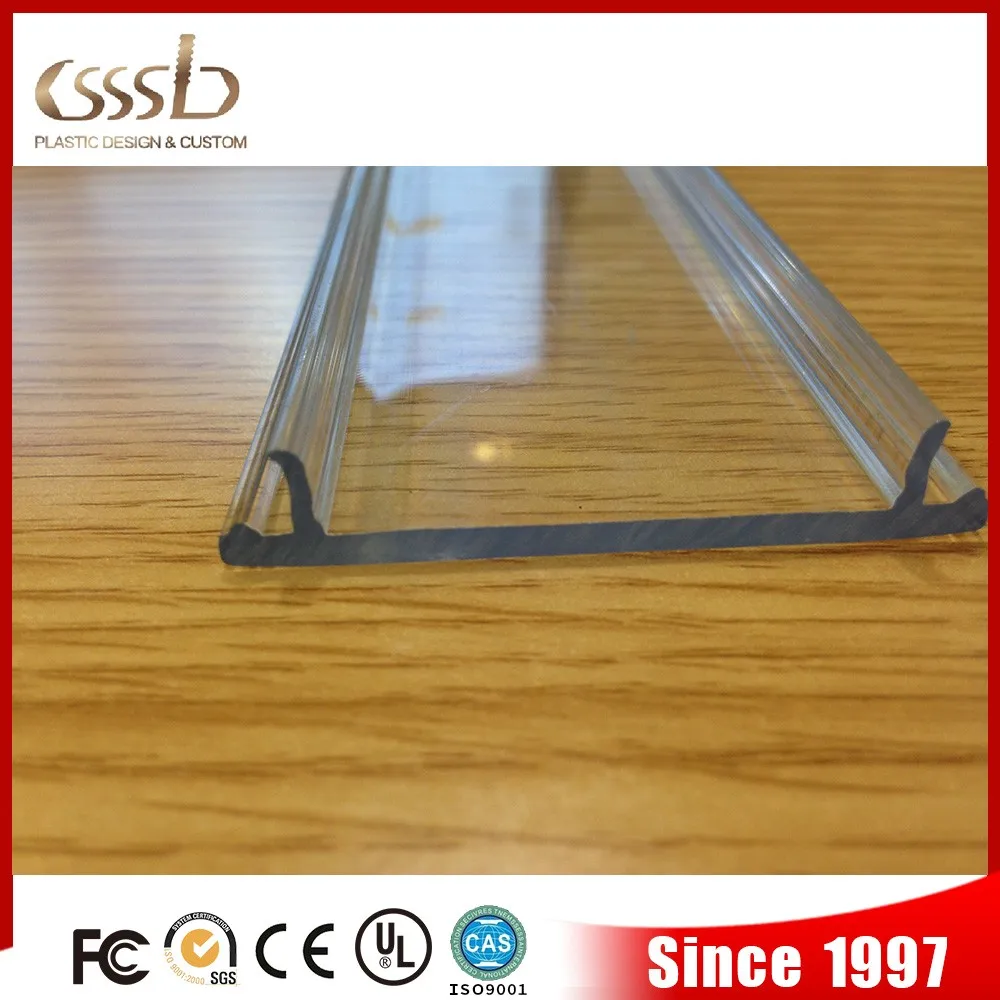Durable PVC Seal Strip for Effective Insulation and Protection Solutions
Dec . 10, 2024 02:19 Back to list
Durable PVC Seal Strip for Effective Insulation and Protection Solutions
Understanding PVC Seal Strips Benefits and Applications
PVC seal strips are versatile and essential components in various industries, providing a reliable solution for sealing, insulating, and protecting different types of structures and equipment. Made from polyvinyl chloride (PVC), these seal strips are known for their durability, resilience, and adaptability. In this article, we will explore the benefits and applications of PVC seal strips, demonstrating their importance in everyday use.
What are PVC Seal Strips?
PVC seal strips are elongated pieces of flexible PVC material designed to create a tight seal between two surfaces. They are commonly used in doors, windows, vehicles, and appliances to prevent air, water, dust, and noise from penetrating. The flexibility of PVC allows it to compress and conform to various shapes, making it an ideal material for sealing gaps and joints.
Benefits of PVC Seal Strips
1. Weather Resistance PVC is inherently resistant to moisture and can withstand various environmental conditions, making it suitable for outdoor applications. PVC seal strips effectively prevent water ingress during rain, snow, or flooding, protecting structures from potential damage.
2. Energy Efficiency By sealing gaps and cracks, PVC seal strips play a crucial role in enhancing the energy efficiency of buildings. They help maintain indoor temperatures by preventing drafts and reducing the workload on heating and cooling systems. This not only leads to lower energy bills but also contributes to environmental sustainability.
3. Noise Reduction PVC seal strips can significantly reduce noise transmission between rooms or from the outside. By creating a barrier that minimizes air gaps, these strips help maintain a quieter indoor environment, which is especially beneficial in residential areas or office spaces.
4. Cost-Effective Solution PVC seal strips are relatively inexpensive compared to other sealing materials. Their durability ensures a long lifespan, reducing the need for frequent replacements and maintenance. This makes them an economical choice for both residential and industrial applications.
pvc seal strip

5. Easy Installation Installing PVC seal strips is a straightforward process that requires minimal tools. Many seal strips come with adhesive backing for quick application, making them accessible for DIY projects. This ease of installation makes it convenient for homeowners and professionals alike to enhance the sealing of their spaces.
Applications of PVC Seal Strips
PVC seal strips are used in a wide range of applications, including
- Residential Homeowners utilize PVC seal strips in doors and windows to improve insulation and prevent drafts. They are also used in cabinets and appliances to ensure a proper seal. - Automotive In the automotive industry, PVC seal strips are essential for sealing doors, trunks, and windows to protect against weather elements and noise intrusion.
- Industrial Factories and warehouses use PVC seal strips to minimize dust and particle infiltration in sensitive areas, contributing to a cleaner working environment.
- Construction In construction, PVC seal strips serve as critical components for sealing joints in various building materials, enhancing energy efficiency and structural integrity.
Conclusion
PVC seal strips are a fundamental element in enhancing the functionality and efficiency of a multitude of applications. Their weather resistance, energy-saving properties, noise reduction capabilities, and cost-effectiveness make them an indispensable choice for both residential and commercial use. As industries continue to evolve, the demand for effective sealing solutions like PVC seal strips is likely to grow, further solidifying their role in modern applications. Investing in quality PVC seal strips can lead to significant improvements in comfort, energy savings, and overall performance of any space.
-
LED Neon Rope Light Outdoor Companies: Durable & Bright Solutions
NewsAug.27,2025
-
Premium Window Seal Strip Adhesive: Manufacturers & Suppliers
NewsAug.26,2025
-
Best Window Seal Strip Adhesive Companies: Strong, Durable Seals
NewsAug.25,2025
-
Karcher A2004 Wet & Dry Vacuum Filter: Premium Replacement Cartridge
NewsAug.24,2025
-
Premium Vacuum Filter for Karcher VC 4, VC 6, VC 7 & Tineco A10, A11
NewsAug.23,2025
-
Hi-Flo HF155 Oil Filter KTM 250 EXC Racing 03-06 | OEM 580.38.005.000
NewsAug.22,2025
